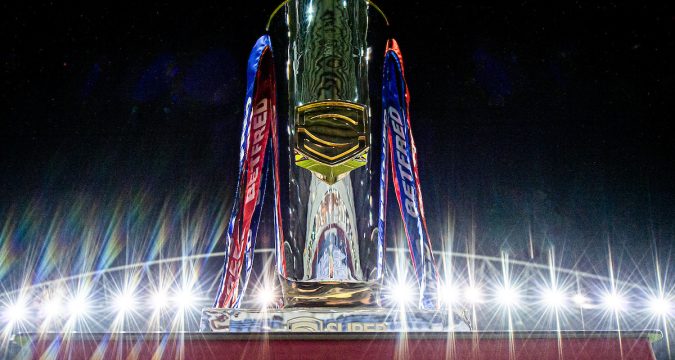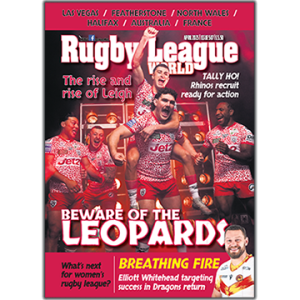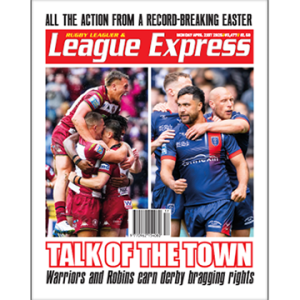
Last week the RFL and Super League confirmed that they have agreed to a form of realignment, which is intended to end the damaging split between the governing body and the elite clubs that has blighted the game in recent years.
It is an encouraging development for those of us who love Rugby League.
But as yet, we don’t have much detail.
All we know is that they will create a new marketing body that will effectively own all the game’s major assets, including broadcasting rights, sponsorship rights and presumably the rights to the income that accrues from the major events organised by the two bodies.
The new body will have five directors – two each nominated by the two bodies – and an independent Chair. All five directors will be independent of all the clubs.
This will be a joint-venture company and it will, I imagine, have an equal shareholding by both the RFL and Super League (Europe).
But the important thing about this is that it will give an opportunity to the game to introduce partnerships to take the game forward, both in terms of establishing the future structure of the professional game and how the profile of the game can be raised.
The news has already come out that the IMG Group is likely to enter a partnership with that joint venture company.
IMG is a major player in world sport, distributing over 32,000 hours of sports content all over the world to major global broadcasters annually, across all forms of media including TV, audio, fixed media, inflight and closed circuit, broadband and mobile.
It’s easy to see what IMG might have to offer Rugby League. It already operates joint ventures with the Premier League (Premier League Productions), the PGA European Tour (European Tour Productions), Globo TV Sports (Brazilian League Productions), Associated Press (SNTV) and the Asian Tour (Asian Tour Media).
In 2015, IMG and Euroleague Basketball agreed on a 10-year joint venture. Together they manage the commercial operation and management of all global rights covering both media and marketing of the EuroLeague, which is the premier competition for Basketball in Europe.
Don’t be too surprised to see something similar happening with Rugby League.
And one of the major investors in IMG is Silver Lake Partners, which is a massive private equity company.
Silver Lake has recently invested heavily in sporting organisations, including UFC and the City Football Group that operates Manchester City football club and its associated clubs.
In December 2021, Silver Lake acquired a 33.3% shareholding in the A-League, the Australian football competition, for $130 million.
The A-League is a relatively minor competition but it intends to expand rapidly using Silver Lake’s investment.
It isn’t hard to imagine that Silver Lake could be persuaded to make a similar investment in Rugby League, which has a similar growth potential in this country to the growth potential of association football in Australia.
The problem for me, however, is that we shouldn’t expect any investment of funds of that magnitude to go straight to the clubs to spend as they wish.
This process will only be successful if any money generated from outside investors is targeted in ways that will benefit the game as a whole. It can’t be used, as CVC’s investment in rugby union was, largely to pay off the directors’ loans of each individual club.
In 1996 Maurice Lindsay announced an £87 million deal with Rupert Murdoch’s News Corporation, but all the money went straight to the clubs, many of which might as well have poured it down a drain.
That can’t be allowed to happen again.
Otherwise the happy marriage is likely to end once again in an acrimonious divorce.
The above content is also available in the regular weekly edition of League Express, on newsstands every Monday in the UK and as a digital download. Click here for more details.




